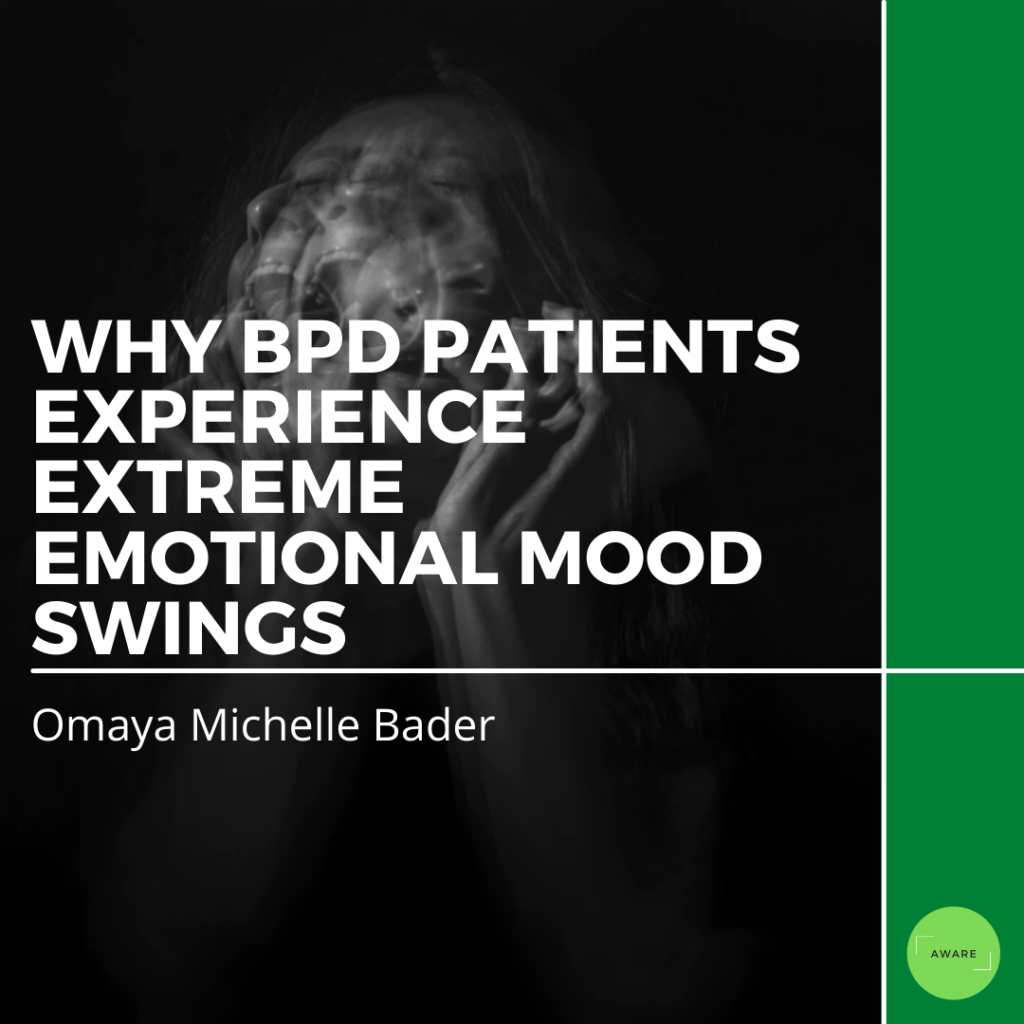Trigger warning: this article discusses borderline personality disorder as a mental disorder, in addition to self-harm. This article is solely for educational purposes. If you or someone you know feel like you are struggling with borderline personality disorder, please seek professional help for an evaluation.
Borderline personality disorder is considered one of the most complex disorders known to psychologists today. From constant misdiagnoses to therapists turning down patients, BPD is highly stigmatized as well as misunderstood in society and the mental health community alike. Misdiagnosis is so common with BPD patients because the symptoms are so complex. Sometimes when conducting an evaluation, the individual may not be able to fully express their feelings, triggers, and interfering behaviors. On the other hand, a lot of therapists tend to stay away from diagnosing their patients with BPD because many therapists share the general stigma that surrounds patients with BPD – that they are very hard to treat.
It is important to understand that to be properly diagnosed with BPD, the individual must qualify for at least five of the nine symptoms that it comes with. Prior to this, the symptoms themselves also must be understood – one of which having extreme emotional mood swings.
Extreme Emotional Mood Swings in Individuals with BPD
According to Healthline, “having BPD can be very intense, as though we are vacillating between extremes. This can be exhausting for both us and for the people around us. It is important to remember that everything the person with BPD is thinking is more than appropriate in their mind at that time.”
Unstable emotions and moods are common with BPD. One moment, you may feel happy, and the next, despondent. Little things that other people brush off can send you into an emotional tailspin. These mood swings are intense, but they tend to pass quickly – unlike the emotional swings of depression or bipolar disorder – usually lasting just a few minutes or hours.
What Do These Extreme Emotional Mood Swings Entail?
According to Very Well Mind, “BPD is part of Cluster B of the personality disorders, which are marked by dramatic, emotional, or erratic behavior.” While it is normal to have your mood shift from feeling good to feeling down, someone with BPD may experience very extreme mood shifts for minor reasons – going from feeling okay to feeling devastated, desperate, or completely hopeless within a matter of moments.
As this is a personality disorder, mood swings may range from feelings of excitement, to lows of depression, anxiety, and more. Another aspect that influences mood swings in borderline patients is their habit of “splitting”. Those with BPD tend to characterize themselves, other people, and situations in black and white. In other words, they may suddenly characterize people, objects, beliefs, or situations as either all good or all bad, which can impact their mood when faced with one or more of these effects.
